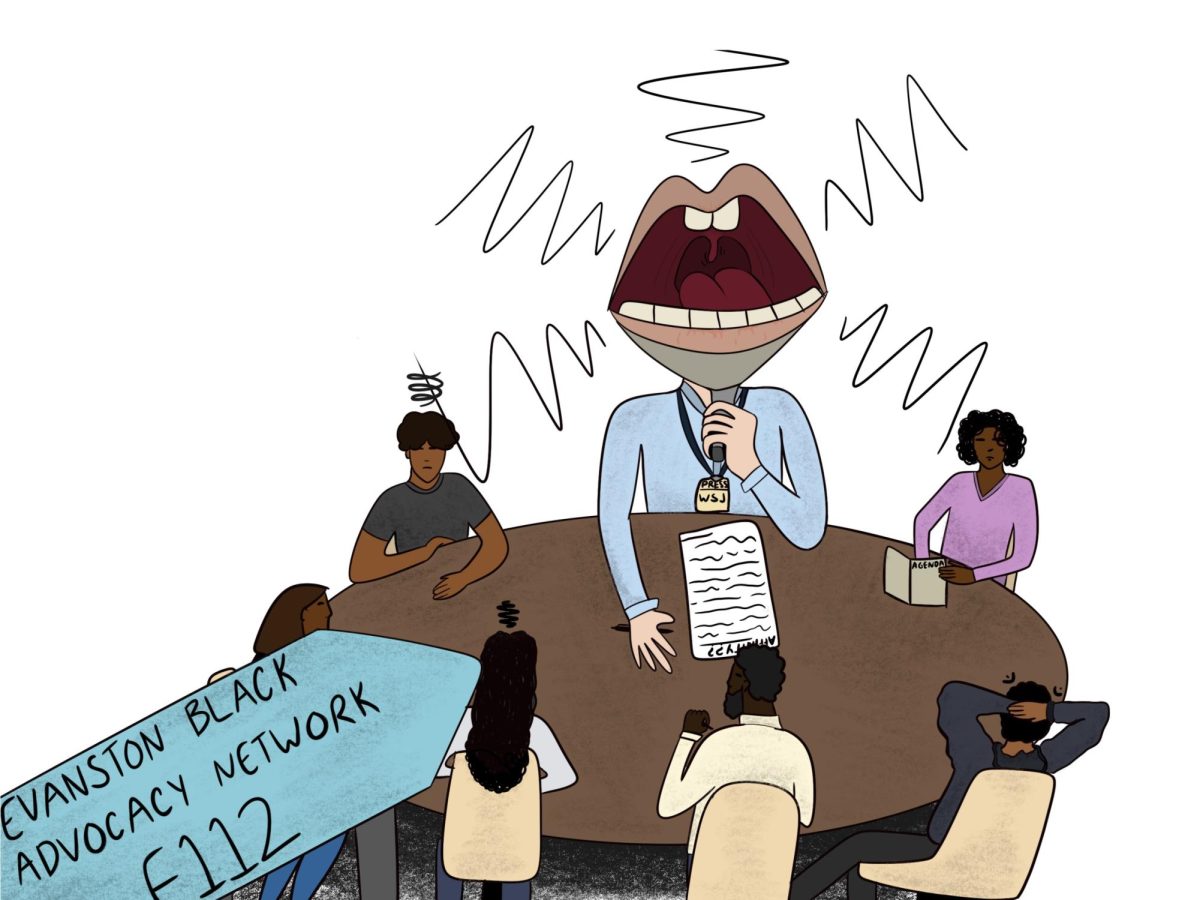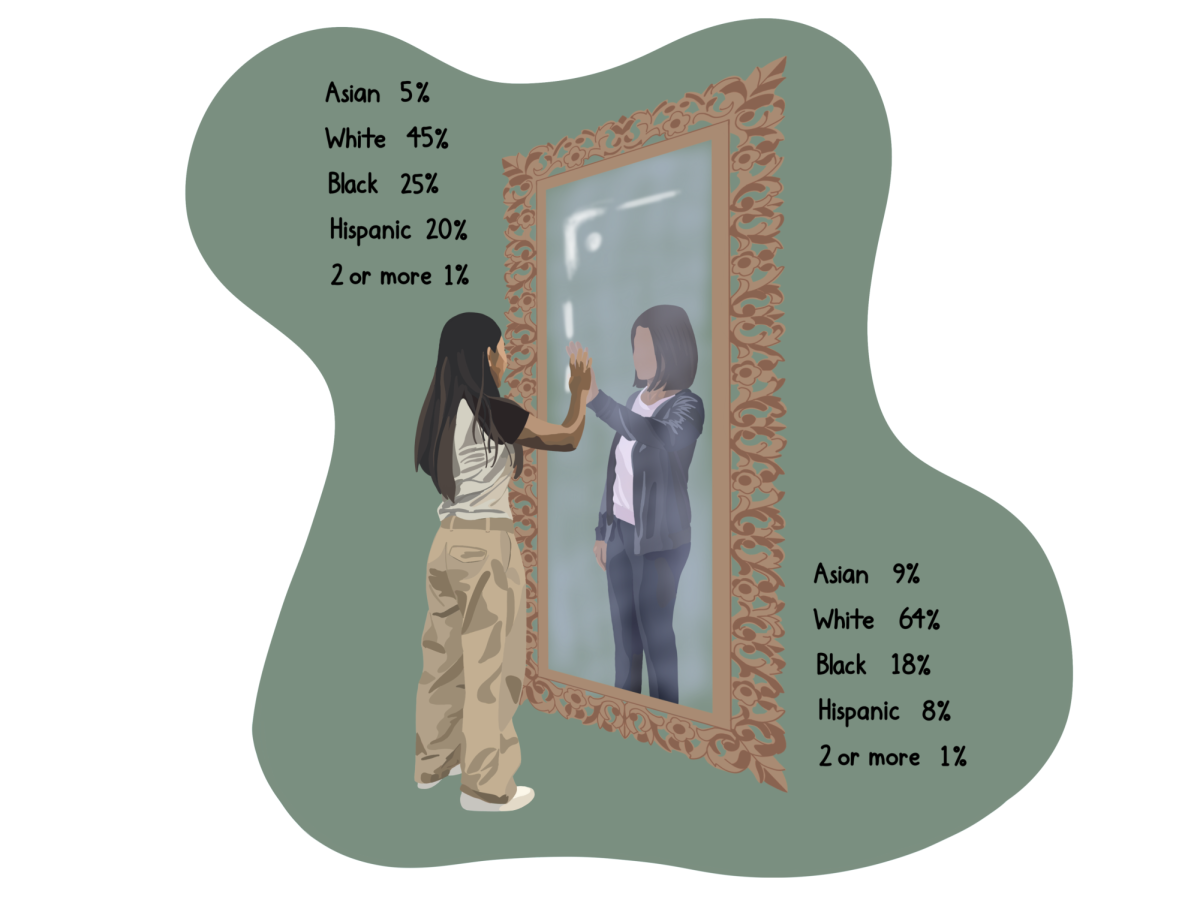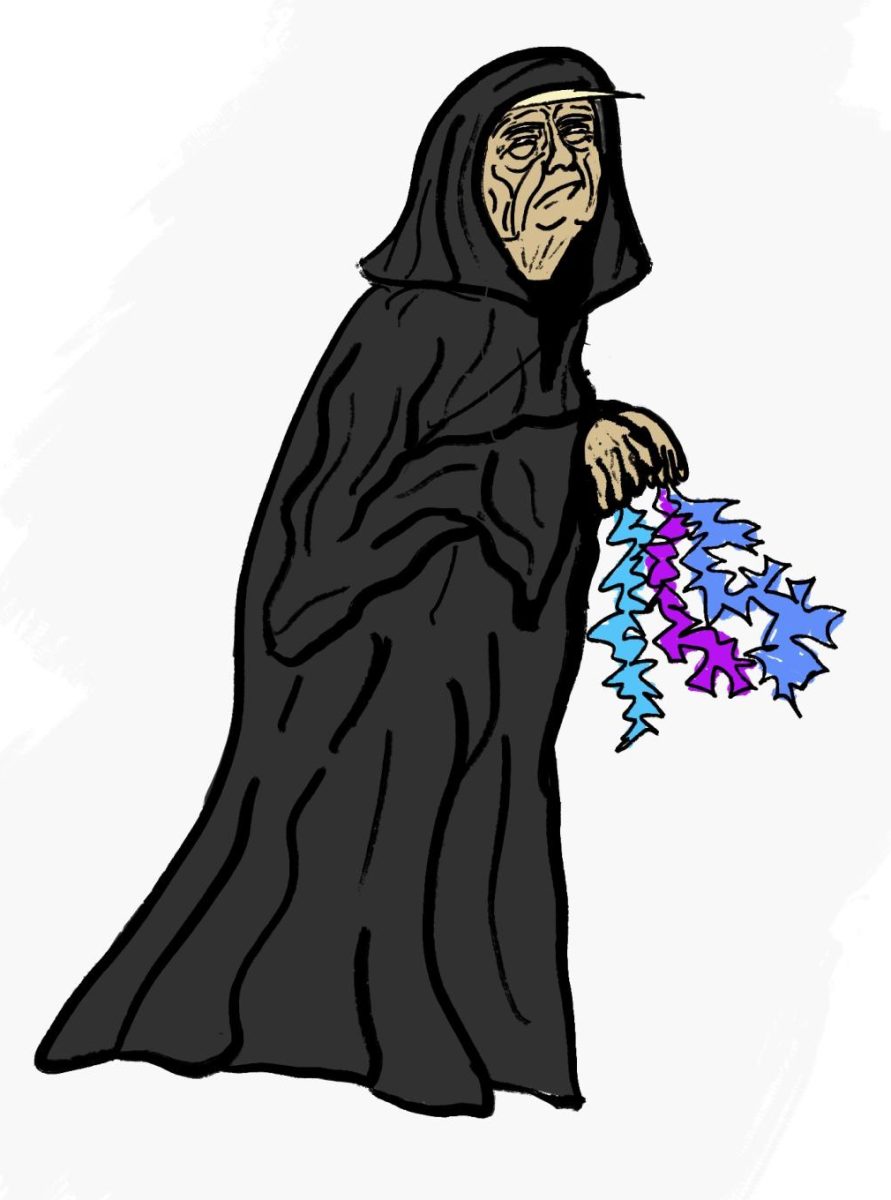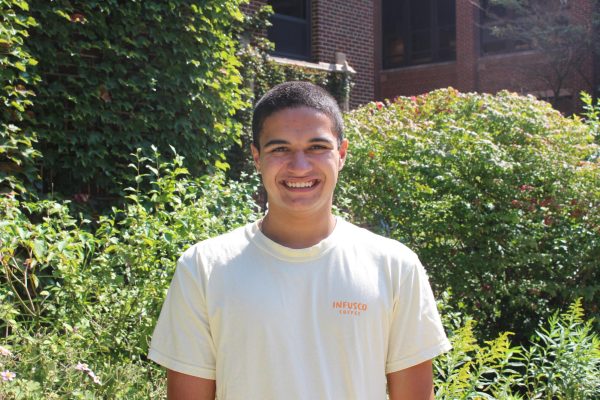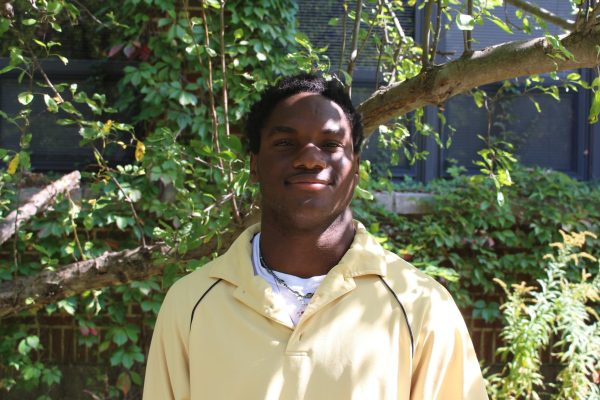In 1924, the Church and Dodge campus of ETHS first opened its doors. 100 years later, students still walk into the same building every day, seeking the same thorough education that is promised to all Evanston families. In its century of education as Evanston’s only public high school, ETHs has seen many changes. It’s time for celebration, and reflection.
Celebrating milestones is not only a fun time for those being celebrated, but also plays an important role in bringing people and the community together. Any significant milestone, personal or professional, deserves recognition, but that truth becomes especially necessary when the recognition in question is the longevity of an institution that has been so pivotal in the community it serves. The administration delivered on that front, hosting the Centennial Carnivale on Sept. 14, bringing in a crowd of hundreds composed of students, faculty, alumni and community members.
But what’s more significant in any milestone is reflection. Reflection that recognizes progress and identifies areas of improvement. Reflection that is both encouraging and constructive. Reflection that is, well, helpful. And with 100 years of education behind it, serving a community that is known for its racial and economic diversity, it’s time to reflect on ETHS.
First, the good. The impact that this high school has had on the community surrounding it is undeniable. ETHS and Evanston go hand in hand. Being the only public high school in the city, and with no significantly popular private school alternatives, many Evanaston adults have walked the same ETHS hallways that their children do today. The multigenerational connections to the school run deep in many Evanston families, and bring ETHS significance in the community landscape.
“I believe that ETHS is the center of our community,” said Superintendent Marcus Campbell. “People teach at the center of their community. We’re located in the center of the community. Most families in town send their children here. And if they’re multigenerational Evanstonians, most often than not, they all came here. So I think we’re the glue that holds the community together.”
In the last several decades, ETHS has also come a long way in providing a diverse array of students educational opportunities. In the 1950s, the school was one of the first in the nation to offer Advanced Placement (AP) classes, acting as a beta site for the newly launched program. A few decades later, ETHS was the first high school to house separate schools (a freshman, sophomore, junior and senior school, corresponding with the four building wings). And in recent years, ETHS is one of only about 50 schools in the country to have an in house planetarium. But even more importantly, progress has been made in giving those opportunities to a wide range of students.
In the 1980s, less than 10 percent of Black students were in AP courses, according to Campbell. Compared with the data from the Class of 2024, where, Campbell reported, 99 percent of white students, 99 percent of Black students, 98 percent of Latino students, 99 percent of Asian students and 100 percent of multiracial students took AP or honors courses, the difference is obvious.
“We’re still at the forefront of education. I don’t think there’s a school that’s more progressive than ETHS, to be quite honest,” said Campbell.
But there is still progress that needs to be made, especially concerning Evanston’s achievement gap. In 2023, for example, 78.1 percent of white students met or exceeded SAT state standards for English Language Arts (ELA), compared with only 22.5 percent of Black students. The disparity also applied to math, where 67.2 percent of white students but only 12.7 percent of Black students met or exceeded SAT state standards, according to the Illinois Report Card. Recent years have also shown an increase in disciplinary incidents at ETHS. Between the 2021-2022 and 2022-2023 school years, the number of disciplinary incidents went from 1,705 to 2,585, a 52 percent increase, according to a D202 School Board report.
On many fronts, ETHS needs to do better, and administrators should continue to do all they can to support all students of all backgrounds and all future plans. But, in its 100 years on Church and Dodge, the school has been a staple of the Evanston community and a model for educational progress, and for that it deserves celebration.



